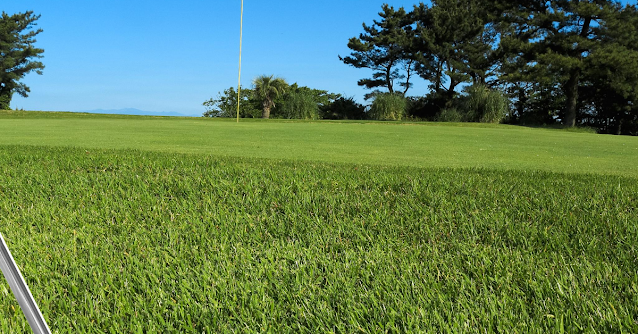- Get link
- X
- Other Apps
- Get link
- X
- Other Apps
Golf club loft is an important specification that affects how each club performs. The loft angle determines the trajectory, distance, and spin of your shots. Knowing how to measure loft correctly allows you to understand your clubs and dial in your distances. Follow these steps to measure loft on any golf club.
What is Loft?
The loft angle is the angle between the clubface and the vertical plane at address. It is usually measured in degrees. Lower loft leads to lower ball flight, while higher loft launches the ball higher with more backspin.
Loft increases incrementally through the iron set, from around 16° on a 1 iron up to 60° for a lob wedge. Woods, hybrids and fairway metals have lower lofts in the 10-25° range. Putters have almost zero loft.
Matching loft gaps properly allows for consistent distance gaps between clubs. Most golfers need regular loft checks to ensure their specs have not changed over time.
Tools Needed
Measuring loft precisely requires an angle finder or loft gauge. These tools attach to the hosel and provide a digital readout of the face angle. Models from brands like Golfsmith and Pinnacle are affordable and easy to use.
You also need a flat surface like a table or bench. Measuring loft works best indoors to avoid wind or uneven lies outside. A flashlight can help illuminate the face indoors.
Setting Up
First, find a sturdy flat surface at about waist height. A work bench or kitchen table works well. You want ample room for your loft gauge and elbows.
Make sure the surface has no debris. Set the club to be measured flat on its sole with the face pointing up. Position it so the shaft axis aligns with the edge of the table.
Attach your loft gauge securely to the hosel. Make sure it sits flat against the hosel top. Switch on the gauge and zero out any offset if required.
Measuring Loft
With your gauge attached and the clubface pointing straight up, note the loft reading shown. This is your club's actual loft.
Some things to keep in mind:
Repeat measurements a few times to ensure an accurate reading.
Discount any effect from gravity by measuring vertically.
For putters, you may need to lean the top of the gauge back to get a zero loft reading.
Measuring wedges at an indoor angle can increase loft slightly.
If you don't have a loft gauge, you can get a close estimate using a protractor or angle finder app. However, these manual methods are less precise.
Adjusting Loft
Once you have an accurate loft measurement, you can make adjustments if needed.
To increase loft, bend the hosel slightly towards the clubface. Even a degree of change will alter your distances. Go slowly and recheck periodically.
Decreasing loft requires bending the hosel slightly away from the face. Be very careful as this can weaken the hosel over time. Avoid excessive loft changes.
For most golfers, checking for loft changes over time is more useful than adjusting loft. If you do adjust, go slowly and recheck the specs often.
Checking Yardage Gaps
Measuring loft helps you identify proper yardage gaps through your bag. As a guideline:
Irons gaps should increase by 3-5 yards between clubs (ex: 150 to 155 to 160 yards)
Fairway woods should gap 20-30 yards (200 vs 230 yards)
Wedge loft gaps could be 5-10 yards
If your gaps are inconsistent, adjusting loft is one way to fine tune distances. But also consider factors like shaft flex and clubhead design. Lessons and proper gapping selection is ideal for major distance issues.
Watching for Changes
It's important to periodically recheck your clubs' lofts, especially for heavily used wedges and irons. Loft measurements can change over time due to:
Wear on the hosel from changing shafts
Wedge soles grinding down through sharpening
Normal use bending the hosel involuntarily
Catching loft changes early prevents more severe distance and gap issues. At minimum, check lofts on your most used irons and wedges each season.
Consider checking loft after reshafting, club repairs, or when shots seem lower than expected. Heavily played clubs may need more frequent checks.
Key Takeaways
Use a high quality loft gauge for precision measurements
Measure indoors on a flat, debris-free surface
Check periodically for loft changes, especially on wedges
Make minor loft adjustments gradually if yardage gaps are off
Matching proper loft gapping leads to consistent distance control
Closely monitoring your golf club lofts is one of the best ways to dial in consistent shot distances. With the right technique and tools, measuring loft is quick and easy.

Comments
Post a Comment